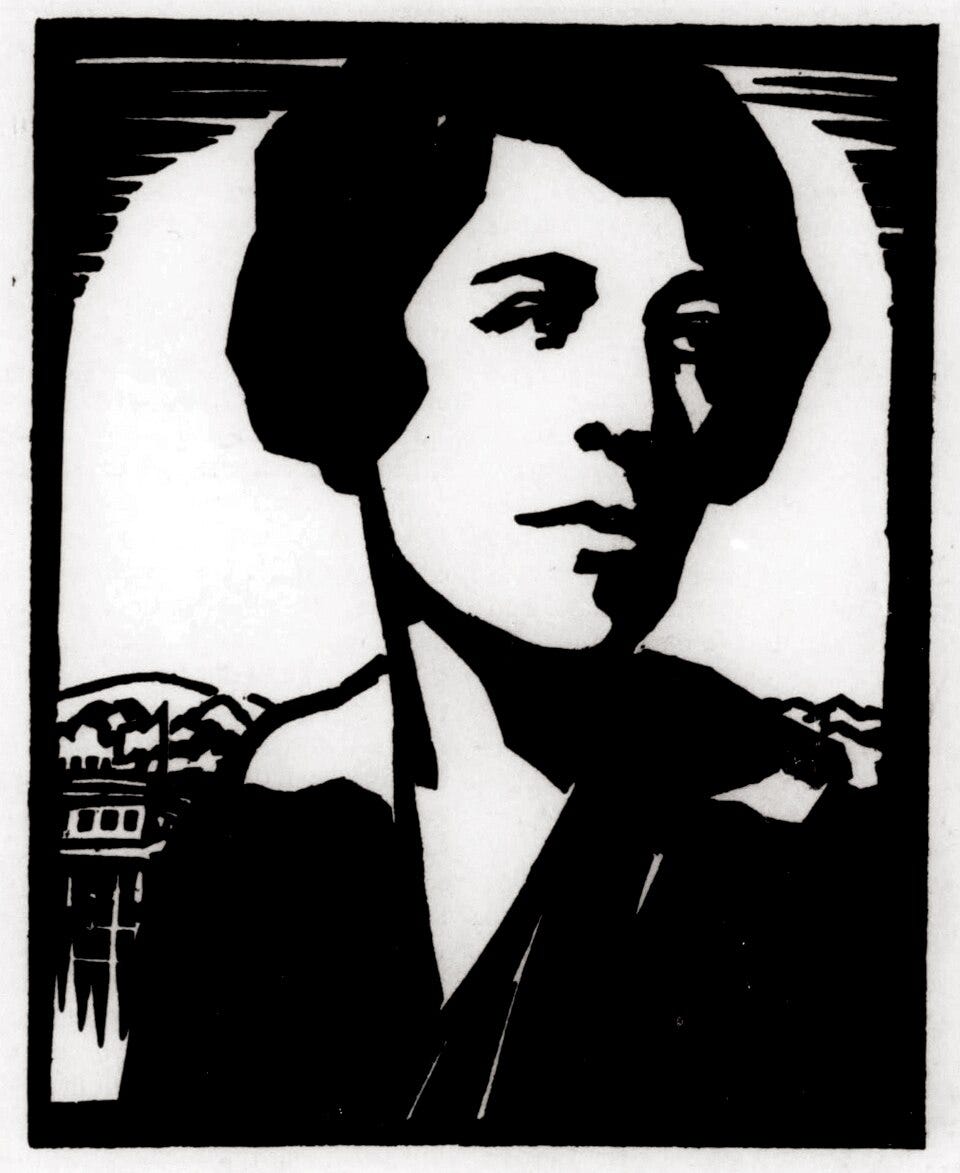Monday Links
The life and work of Edna Ferber, Sylvia Plath’s prose, Oxford’s libraries, and more.

Good morning! Beth Gutcheon revisits the life and work of Edna Ferber in the latest issue of The Hudson Review: “Our mothers belonged to the reading public with which Edna Ferber was a huge and perennial success for an astonishing forty-some years. Astonishing, at least for a writer now so nearly completely unread. Willa Cather pointed out that the world of literature broke in two in or about 1922 with the arrival of the moderns. The world of commercial fiction as Edna Ferber practiced it broke later and less cleanly, though it’s in pieces now. One thing about Ferber’s heyday: the best sellers were made into movies with astonishing speed. Launching movies requires bigger publicity campaigns than most novels got, then or ever, so even if you didn’t have a movie theater in your little burg, you heard about the movie and thus the book it was based on. Ferber’s novel So Big sold 300,000 copies in 1924, even before it won the 1925 Pulitzer Prize, with film versions appearing in 1924, 1932 (with Barbara Stanwyck), and 1953 (Jane Wyman). Her fame only grew as she produced six more bestselling novels, all of which were made into films, many of them two or even three times . . . Ferber was a member of the famous Algonquin Round Table, not an easy seat to earn. She dressed well; she traveled in the most celebrated theatrical and literary circles; she gave dinner parties as famous for the food as for the conversation; she made witty and oft-quoted repartee; and through the Roaring Twenties and right on through the Depression and beyond, she was a self-educated single woman making immense amounts of money by her wits alone in the most glamorous industries in America. She was a staple for decades of the women’s pages, as they were called, and you would think a biographer’s dream, but—it’s complicated.”
Why is a Stradivarius so expensive? J.R. Patterson reviews a new “cultural history” of the violin:
In March 2025, an anonymous buyer purchased the 1715 “Baron Knoop” Stradivarius for $23 million (U.S.), making it the most expensive violin ever sold. (The seller, the American stringed-instrument collector David L. Fulton, had purchased it for a more modest $2.75 million in 1992.) Previous record setters have included the 1721 “Lady Blunt,” which fetched $15.9 million in 2011, and the “Joachim‑Ma,” which went for $11.25 million in February 2025.
All three of these models were made by Antonio Stradivari, a Cremonese luthier whose output in the seventeenth and eighteenth centuries is said to epitomize perfection in violin manufacturing. Depending on your point of view, they may indeed be examples of flawless human handiwork. Or they might be, as the fiction writer and journalist Ambrose Bierce once put it, objects that “tickle human ears by friction of a horse’s tail on the entrails of a cat.” Either way, where do these exorbitant value judgments come from?
Tom Wilder looks for the answers through the wider cultural world that brought the violin to prominence after its development in the sixteenth century and laid the stage for it to become the most iconic instrument of Western music: a physical manifestation of “taste, refinement, and wealth.”
Michael O’Donnell reviews a new biography of Peter Matthiessen: “Think twice before learning too much about your literary heroes. That is the lesson of Lance Richardson’s engrossing life of Peter Matthiessen (1927–2014), the globetrotting, Zen-minded author of such modern classics as The Snow Leopard (1978) and Shadow Country (2008). The biography shelf of great male writers of the 20th century is hardly a field of glory—rarely does ego yield to humility or self-awareness win the day. Matthiessen may have seemed like a special case, revered as much for his mystical ethos and wayfaring spirit as for his books. Yet this adventure-cool iconography is hard to sustain in the face of a long-suffering wife who called herself a ‘handmaiden’ to Matthiessen’s work or a son who described him as ‘the most self-centered man I’ve ever known.’ Not since Patrick French’s life of V. S. Naipaul has a major writer’s image taken such a hit from his biography.”
William Aslet reviews a new book on Oxford’s libraries: “The Bodleian is the most famous of Oxford’s libraries, but it is far from being the sole subject of this book. Indeed, the Bodleian is actually a collection of 26 different library spaces. Nor are these the only libraries available to scholars at Oxford. Every one of the University’s 39 constituent colleges has its own library, added to which is the Bodleian’s formidable and increasingly popular online offering, Digital Bodleian. It is a reflection of the astonishing diversity of Oxford’s libraries that the 46 examples (one at Oxford Brookes) described and illustrated in this book only constitute a fraction of the total number of library spaces that are today available to students and scholars.”
Keep reading with a 7-day free trial
Subscribe to Prufrock to keep reading this post and get 7 days of free access to the full post archives.

